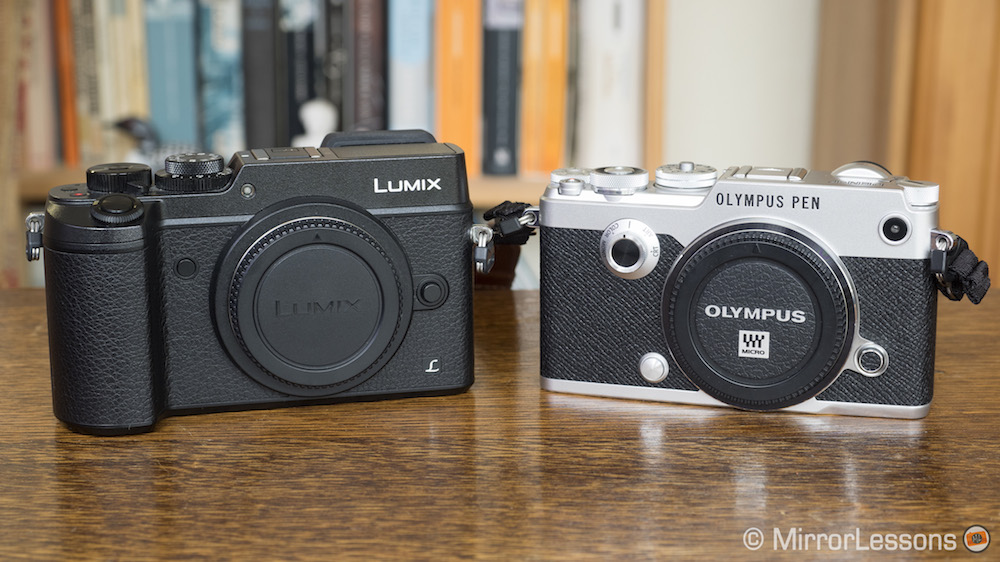Dear reader, thank you for visiting our website. The article you are looking for – Comparing the 20MP sensors of the Olympus Pen F and Panasonic GX8 – has been transferred over to our new comparison website. You can find the link in the comment section below. We apologise for the inconvenience.
If you are looking for information about the GX8 or Pen F, you can check our individual reviews below:
